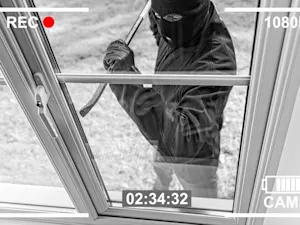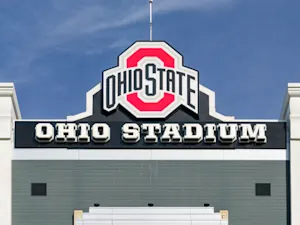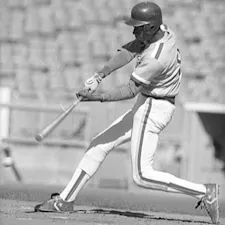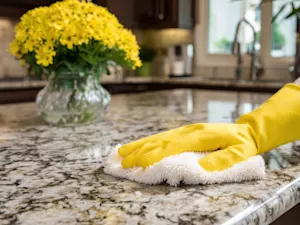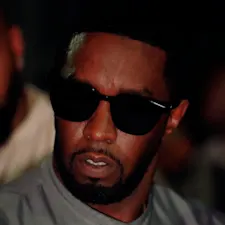
When Did Clowns Become So Terrifying?
Content Warning: Coulrophobia
In 2016, numerous reports from all over the country reported attacks by people dressed as scary clowns. While many of these reports were hoaxes, plenty more resulted in arrests. That same year, a poll discovered that more people were afraid of clowns than of terrorist attacks.
Even if you don't have an outright fear of clowns (coulrophobia is pretty rare), you might find them creepy or off-putting. In fact, children may not like clowns all that much — and we can't blame them!

But where did this widespread cultural fear come from?
Creepy Clowns Are a Modern Fear
Clowns have been a part of human culture since antiquity; records note the existence of clown-like figures in Ancient Egypt, Ancient China, and various Native American tribes, such as the Hopi. Yet the fear of clowns is a much more recent phenomenon.
Clowns were initially meant for adult audiences and thus always had a dark side to their comedy. They mocked traditions and rituals, engaged in mischief and gluttony, and could laugh at their audience as much as with them.
Arguably, the initial seeds of coulrophobia were planted in the early 19th century. Pantomime clown Joseph Grimaldi became a smash sensation in London theaters and laid the foundations for our modern depictions of clowns with his use of whiteface makeup.

However, Grimaldi's life was filled with profound tragedy, in sharp contrast to the laughter he provoked with his antics. When he died in 1883, broke and alcoholic, his memoirs were given to Charles Dickens for editing.
The story of Grimaldi's personal life slowly began to change public perception. Suddenly, audiences became aware of how much could hide beneath the mask of comedy. The murder of a young heckler by famous French clown Jean-Gaspard Deburau in 1836 certainly contributed to this change in thought, even though Deburau was later acquitted.
Then, in the mid-to-late 20th century, everything took a dramatic turn.
Bright Colors and Dark Smiles
With the advent of television came children's programming, and one of the most beloved was "Bozo's Circus" (later "The Bozo Show") which first aired in 1960. The show, featuring one of the most iconic clown characters in history, ran for decades and inspired a slew of imitators. In 1963, McDonald's® introduced a new mascot aimed squarely at children, the clown Ronald McDonald.
Just like that, clowns were now children's entertainment. They were supposed to be fun, happy, and wholesome, but it didn't remain that way forever.
Partly, the true fear of clowns began with John Wayne Gacy. From 1972-1978, Gacy assaulted and murdered more than 33 young men and boys around Chicago. At the same time, he worked as a clown and children's entertainer. Even though Gacy never killed in his clown persona, the idea that the "Killer Clown" had such easy access to children was a terrifying thought.

Gacy's crimes and a growing counterculture against clowns led to a plethora of evil clown-related media emerging in the 1980s, including "Killer Klowns from Outer Space" (1988), "Poltergeist" (1982), and Stephen King's "It" (1986).
Clowns went from being colorful symbols of joy to something far darker. They were now strangers with sinister intentions hiding behind an uncannily happy face. They became predators trying to lure you closer with promises of childhood fun.
References: No laughing matter: When exactly did clowns become scary? | The History and Psychology of Clowns Being Scary | Why Are People Afraid of Clowns? | The Grisly, All-American Appeal of Serial Killers | Everything You Need to Know About the ‘Clown Attack’ Craze | Joseph Grimaldi: English clown and pantomimist | Bozo's Circus| Here's The Bizarre History Of Ronald McDonald, Starting With An Actor Who Was 'Too Heavy' | John Wayne Gacy



















